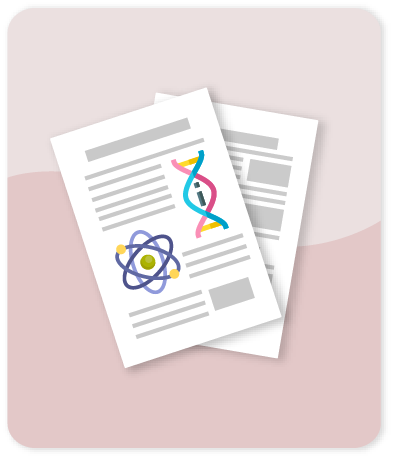Platinum vs transition metal carbide surfaces as catalysts for olefin and alkyne conversion: Binding and hydrogenation of ethylidyne

Compartir este ítem
Autor
Jimenez-Orozco C.
Florez E.
Moreno A.
Rodriguez J.A.
Citación
Metadatos
Mostrar el registro completo del ítemResumen
The development of heterogeneous catalysts with activity for the hydrogenation of unsaturated hydrocarbons is of economic importance. Ethylene (C2H4) and acetylene (C2H2) are probe molecules useful to understand the hydrogenation mechanisms, where the most studied surfaces are Pt(111) and Pd(111), however, they have a limited activity due to the formation and accumulation of ethylidyne (CCH3) species. Therefore, alternative catalysts should be developed to limit and/or avoid the formation of ethylidyne on the surface. Transition metal carbides has been reported as alternative catalysts, with the additional advantage of lower prices. The thermodynamics of ethylidyne binding and its transformations on ?-MoC(001), TiC(001), and ?-Mo2C(100) surfaces are studied by means of periodic DFT. The results indicate that ethylidyne could be transformed to ethyl and ethane on ?-MoC(001) and TiC(001) surfaces, which are relevant species to the Horiuti-Polanyi mechanism. Therefore, these surfaces could be an alternative to Pt(111) and Pd(111), since ethylidyne could be transformed to other species, avoiding or limiting their deactivation. Conversely, ethylidyne cannot be transformed to vinyl (CHCH2) or ethylene in a Horiuti-Polanyi-like mechanism; then, it is not thermodynamically feasible to use any of the studied surfaces in the selective hydrogenation of acetylene, since ethylidyne accumulation could poison the surfaces. © Published under licence by IOP Publishing Ltd.
Colecciones
- Indexados Scopus [1893]
